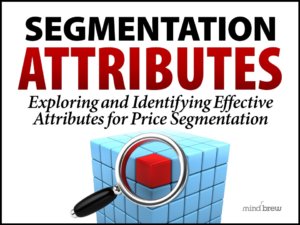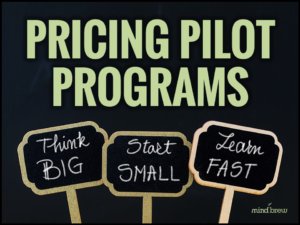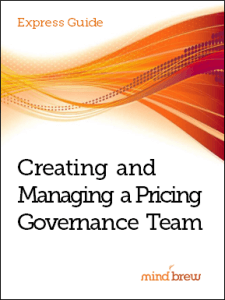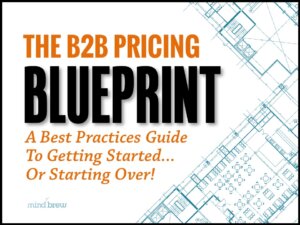When you shuffle a standard deck of 52 playing cards, there are 8.066 x 1067 possible outcomes. That’s 8066 followed by 64 zeroes.
It’s hard to imagine a number that big, but for comparison, scientists say that there are 7.5 x 1017 grains of sand on earth. That means a deck of cards contains almost four times as many possibilities as there are grains of sand in the entire world. The possibilities in the deck of cards are about three times the amount of data on all the computers in the world (approx. 79 x1021 bytes). In fact, if you traveled just one inch for each of the possibilities, you would go a long way past the center of our galaxy.
In other words, every time you shuffle, you are probably generating an order of cards that has never before existed in the universe.
That’s part of the reason it seems so mystifying when a magician seems to make the card they want appear from a deck. If you understand the math, it’s all but impossible. It’s like they are bringing control to chaos.
Good pricing segmentation models also generate a lot of possibilities. Not as many as a deck of cards (hopefully), but still a lot. Consider the example below that has just 39 SKUs and four possible customer attributes.
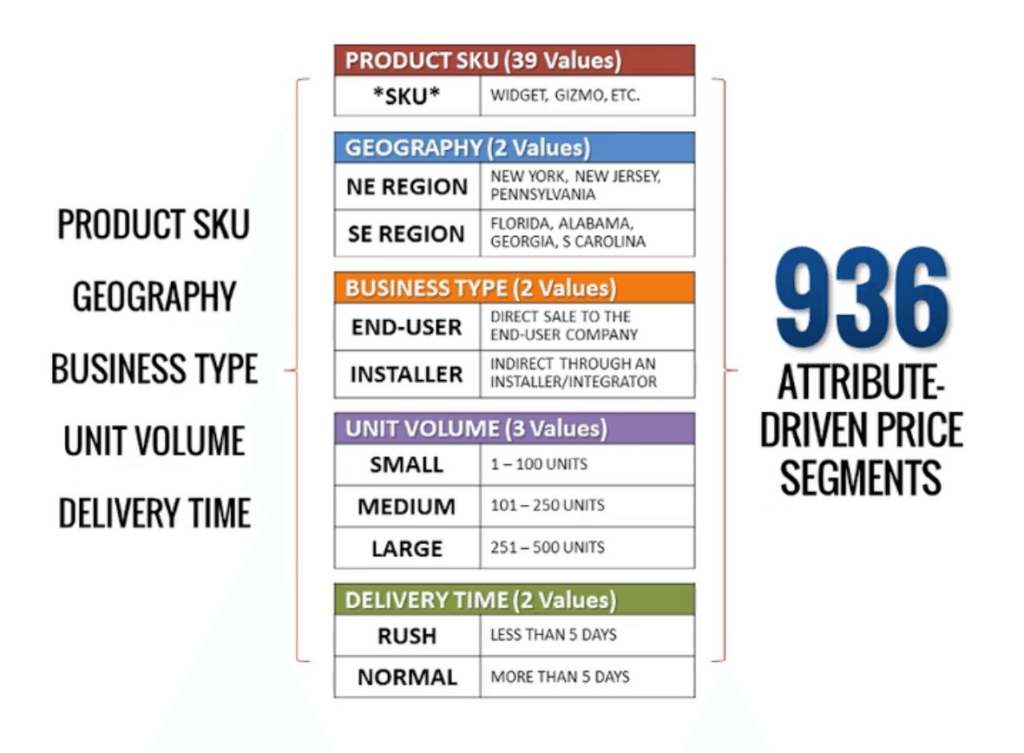
This relatively simple model generates 936 different possibilities. Imagine how much work it would be to calculate out all these possibilities and keep track of them in a spreadsheet!
Fortunately, you don’t have to go to all that trouble. (Really, don’t do it.)
Instead, you can just assign a multiplier to each of the rows. Maybe being in the NE region adds 5% to the price while being in the SE region subtracts 1%. Maybe installers get a 10% discount or maybe a rush order carries a 15% surcharge.
The numbers don’t really matter here — what matters is that you now have a system for determining prices. So when your sales team is putting together an order for 125 units of a particular SKU for an installer in New York who needs the order in 2 days, you can do all the necessary multiplication to determine what an appropriate price should be.
With this multiplier method, you can manage a pricing model with a whole lot of possibilities without a ton of work. In fact, you could easily deal with a pricing model with two or three times as many variables as this one.
Of course, the trick is figuring out what each of the multipliers should be.
We lay out a couple of different options and go through all the math in the webinar on Price Segmentation Attributes. It also highlights some of the attributes that other B2B firms have found useful and suggests a process for brainstorming the attributes that might matter for your company.
A good pricing model should offer a lot of different possibilities. It’s that level of detail that enables you to tailor your prices to each customer’s willingness to pay.
But managing that model shouldn’t be that difficult once you get it set up. It’s a little like learning to shuffle a deck of cards. At first, it takes a lot of concentration, but after you get the hang of it, managing your pricing model will feel like second nature.

